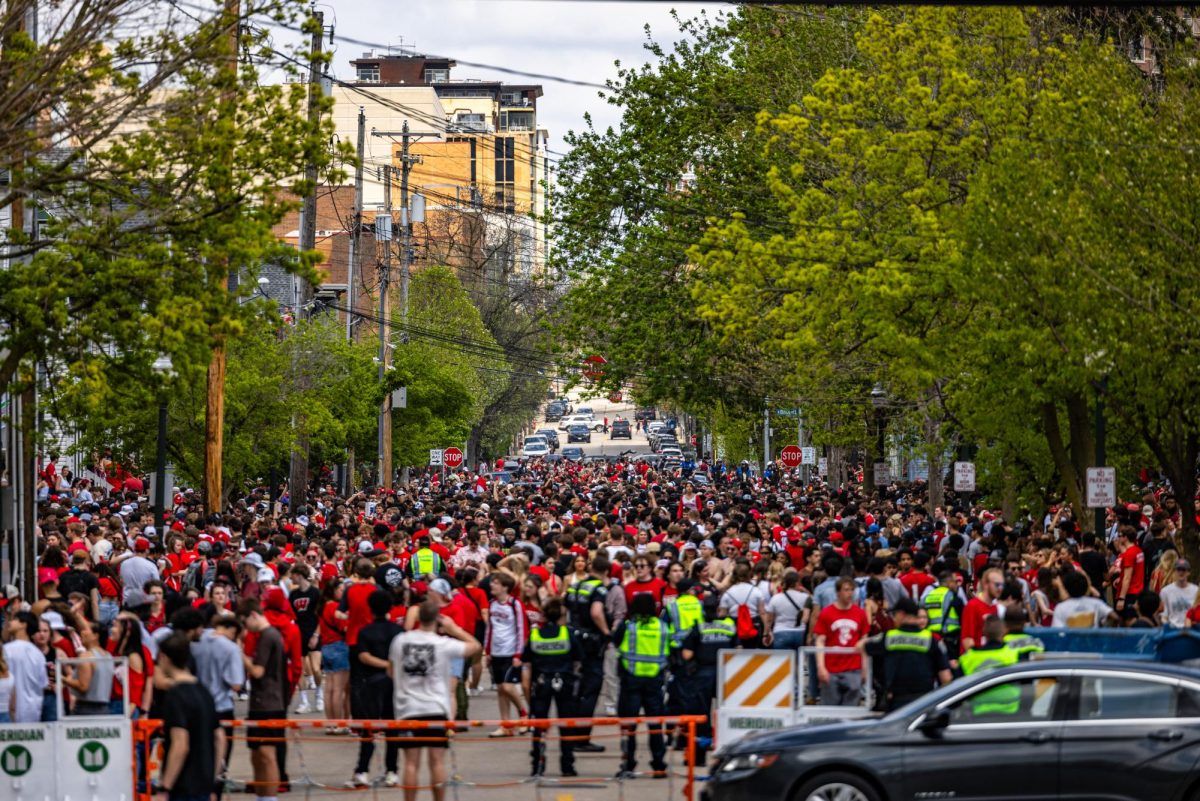Madison bus routes underwent a transformation this summer for the first time in 25 years, according to the Mayor’s Office. The redesign of the transit system precedes major changes that will occur within the next few years as part of the federally funded MetroForward campaign to make the transit system more efficient and sustainable.
The previous system was coverage-based, aiming to increase the area covered. This resulted in an abundance of underused bus routes and countless transfer points. A multitude of bus routes resulted in fewer buses per route, leading to long wait times.
According to the Mayor’s Office, the new route focuses on decreasing the number of bus routes to increase the number of buses per route. The rider-based approach has increased the frequency of buses and shorter wait times. But many bus users are unhappy about the new system and demand alterations, according to Channel 3000.
Milwaukee Police Department aims to further connect with community members, but gaps persist
In an interview with The Cap Times, Metro driver Matt Saremich said the new transit framework will decrease accessibility of bus stops in residential streets in exchange for significantly reduced wait times at new stops. For disabled residents, this is disastrous news.
Residents of the Dryden Terrace Apartments — an affordable housing community for disabled and elderly individuals — lost their neighborhood bus stop, according to Channel 3000. Their nearest grocery store is no longer just a 15-minute bus ride away. Instead, the residents must walk 300 feet down an incline to access a bus stop. After exiting the bus, a half-mile walk along a path with no sidewalk is required to reach the grocery store.
Yet, ridership has increased by 5% since the bus route transformation, according to the Mayor’s Office. It seems city officials have traded the accessibility of the bus system for disadvantaged groups, such as the disabled and elderly communities, for an increase in overall ridership. Rather than accommodating disabled individuals’ inability to walk to far away stops, city officials have essentially excluded them from the new system.
Complaints are flooding in from Madison’s south side community, as well. The new transit system is designed to decrease the number of transfer points and wait times. These measures sound great — unless you’re trying to reach downtown from the outskirts of the city.
Policymakers must act as Black tenants face lead poisoning epidemic
Michael Cechvala, the designer of the new bus system, said local routes in the South Madison area have been reduced to create funding for a high quality, centralized service on Park Street, according to Channel 3000. But many South side residents do not appreciate this decision.
In fact, for some, the loss of local routes became an issue of survival. In an interview with WKOW, Steve Maurice, the leader of the Catholic Multicultural Center, said homeless individuals in Madison’s south side have lost access to the bus route they used to receive food and shelter from the center.
Is it worth sacrificing local transportation networks for overall efficiency? Individuals of disabled and low-income communities certainly do not think so.
In their efforts to listen to community voices, the addition of Route O, which serves some of the communities who lost local bus services, was made. But, this new route costs $680,000 per year, according to WKOW. It is important to consider whether this route is sustainable and whether it will receive funding every year.
Another issue arises when considering how information will be spread to teach Madison bus riders to navigate the new bus routes. While ride guides are deployed to help direct thousands of undergraduate students as they get used to the new network, underserved communities are not receiving as much guidance.
For instance, bus driver Victor Meza said Hispanic communities have not been receiving as much information about new routes as residents of downtown Madison, according to The Cap Times. In his efforts to spread news and guidance, he senses initial panic from users about the new transportation routes.
Diversity needed to further conservation field
Renee Reek, a resident of the Romnes Apartment which houses mainly elderly and disabled individuals, said she and her fellow residents weren’t notified their bus stop would be eliminated until they physically arrived at it, according to WKOW. Not only were the residents frustrated and alarmed by the miscommunication, but they also felt excluded from the decision-making process.
The Metro system may have fared a smoother transition if it identified the communities who would be most impacted by the bus system and focused on educating them about the transitions. This may have eliminated the overwhelming fear and anxiety bus users initially faced.
A study shows the bus routes will increase job access for low-income communities and people of color, according to the Washington State Journal. But the loss of local routes cannot be overlooked. If these projects are being federally funded, will local routes and interests be given any attention? The answer to this question has implications for both south side residents and the disabled and elderly community of Madison.
Additionally, it is unclear whether the federal funds for Madison’s BRT will be replenished annually, according to Tone Madison. This may create uncertainty and hesitance around responding to local demands.
City officials have made it clear the redesigned transit system was well-intentioned for both the overall city and low-income communities. Still, marginalized communities are struggling with adjusting to the lack of nearby bus stops and a reduction in local south side lines.
As the project progresses, balancing federal funding with local demands might prove to be a difficult balancing act for Madison city officials.
Aanika Parikh ([email protected]) is a sophomore studying molecular and cell biology.




















